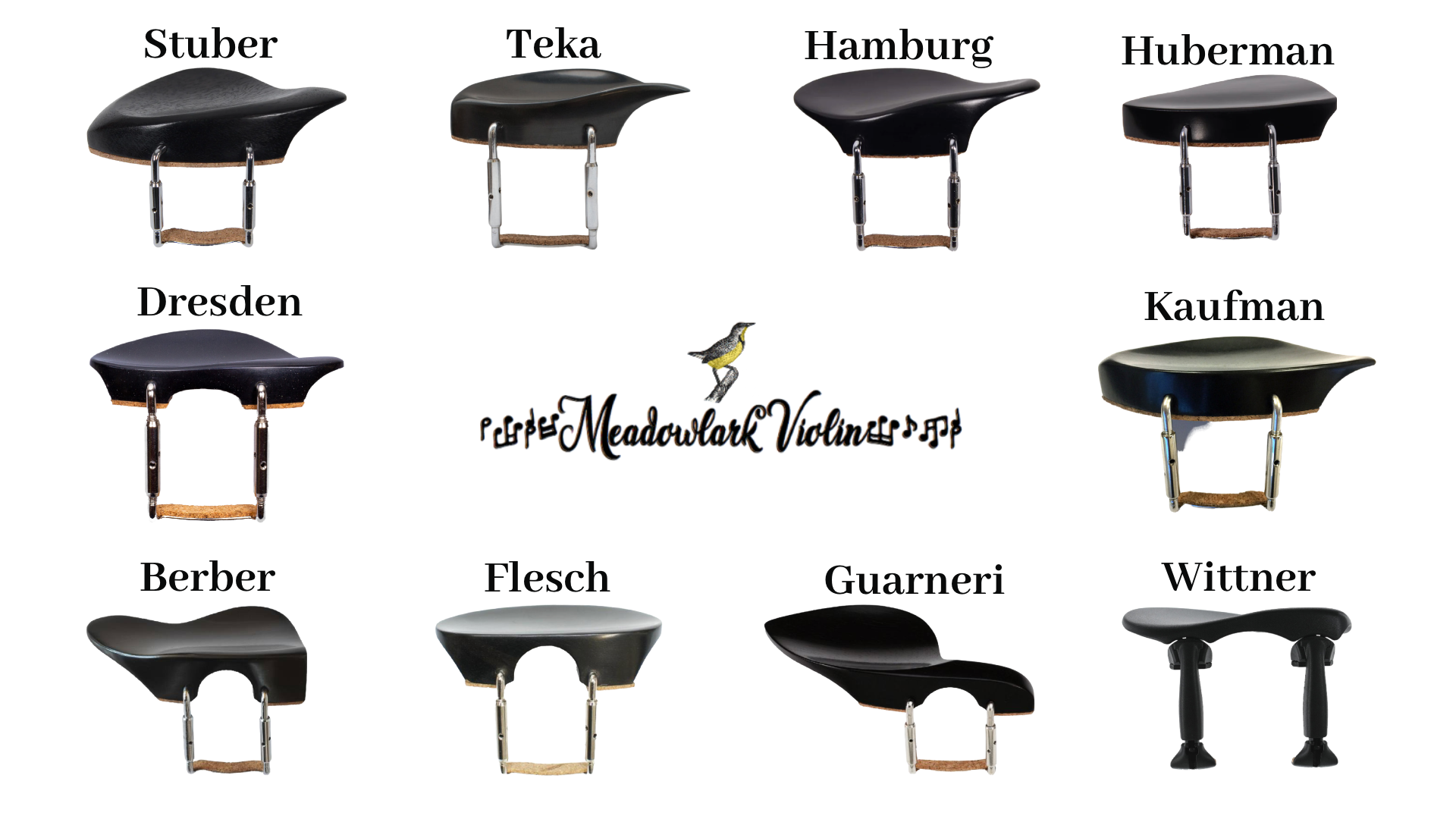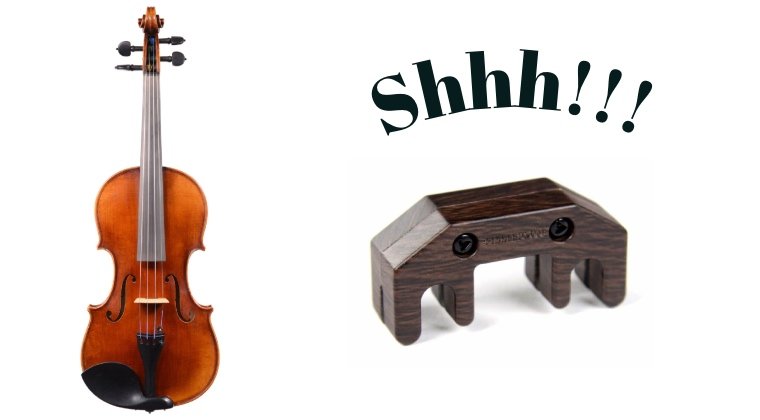Best Violin Scale Books
/I suppose if you are reading this, you don’t need me to tell you how wonderful scales are. Scales are like vitamins: just a little every day can do wonders for the health of your violin technique.
I’m very passionate about scales which is why I even created my own scale book and a course to go with it! You can download the free version of my scale book below, but if you want the complete version plus video tutorials and play-along tracks for every scale, it’s one of the many courses inside the Meadowlark Violin Studio!
Fill out the form to get your free violin scale book!
While my scale book is great for adult beginners or intermediate players, there are lots of other scale books for violinists I love and recommend. So if you’re shopping for violin scale books for a child or if you’re ready for something really advanced (and everything else in between, this list of violin scale books will have you covered!
I’ve ranked all the scale books starting from beginner and working up to advanced levels. Each violin scale book in this list builds on the other, adding more complicated rhythms, higher octaves, double stops and more. Read on to see my top violin scale books.
Also check out my top picks for beginner violin books, hymn books, and fiddle books!
Scaley Monsters
Level: Young Beginner
This book is geared towards young violinists but it’s honestly great for any age beginner. For every scale, it gives the musical notation for the basic scale and arpeggio as well as a different rhythm you can try with each scale. It includes a fingering chart so you know where to put your fingers.
A bonus—every scale also has a song you can play with it. The songs can actually be pretty tricky, but they are pretty songs and provide a great challenge for those who advance quickly.
Scales in First Position for Violin
Level: Beginner
This is a classic scale book that goes through scales up to 3 sharps and 3 flats. I love that it also includes relative minor scales as well (a rarity for beginner scale books). There are two pages worth of slurring exercises and bow division exercises for each scale. The minor scales have some slightly more complicated rhythms (6/8, triplets, and dotted eighth notes) than the major scales. The exercises are the same for every major scale and the trickier exercises are the same for every minor scale. So you will definitely know the bowing patterns and rhythms. Each scale also has arpeggios with it.
First Position Scales Studies for Violin
Level: Advanced Beginner
If you have a little bit of music reading experience, this is a great book with something different on every page to keep scales interesting. The book starts off with a one octave G major scale and by the end cycles through all of the main, major key signatures for the violin. There are a couple pages for each key signature and each page focuses on a unique rhythm or skill to incorporate while playing the scale. My only complaint is that there are no arpeggios. Otherwise I love this book.
Essential Scales and Studies for Violin
Level: Advanced Beginner—Intermediate
This book encompasses two and three octave major scales as well as three octave minor scales and chromatic scales. Each key signature has it’s own page and starts out with long bows on each note followed by shorter and shorter durations. The page always ends with arpeggios and scales in broken thirds. The key signatures progress in a natural order making the first couple pages manageable for advanced beginners. Scales using third position is quickly introduced followed by higher positions. The three octave scales offer even more bowing and rhythmic variations and the minor sections include natural, melodic, and harmonic minor scales. This book has it all for the advancing violinists!
Hrimaly Scale Studies
Level: Intermediate—Advanced
Hrimaly starts off with various scales in different bowing patterns and slurs. Scales quickly get more challenging with a different scale and arpeggio for each line, allowing students to get used to changing key signatures and finger patterns rapidly. There are scales starting in every position up to 7th position and scales that transverse the positions for a wide variety of shifting practice. By the end of this book, students are definitely ready for the grandfather of all scale books: Flesch.
Carl Flesch Scale System
Level: Advanced—Professional
The Flesch scale system is perhaps the king of all scale books, used by advanced violin students and professionals. My copy is well-used and worn. The scales go through the same pattern of exercises for each key signature. One string exercises on the first page followed by the actual three-octave scale. Then comes a long line of arpeggios. There’s also scales in octaves, thirds, and sixths as well chromatic scales and scales in broken thirds. Yep, you’ll have fun with this one for a long time!























